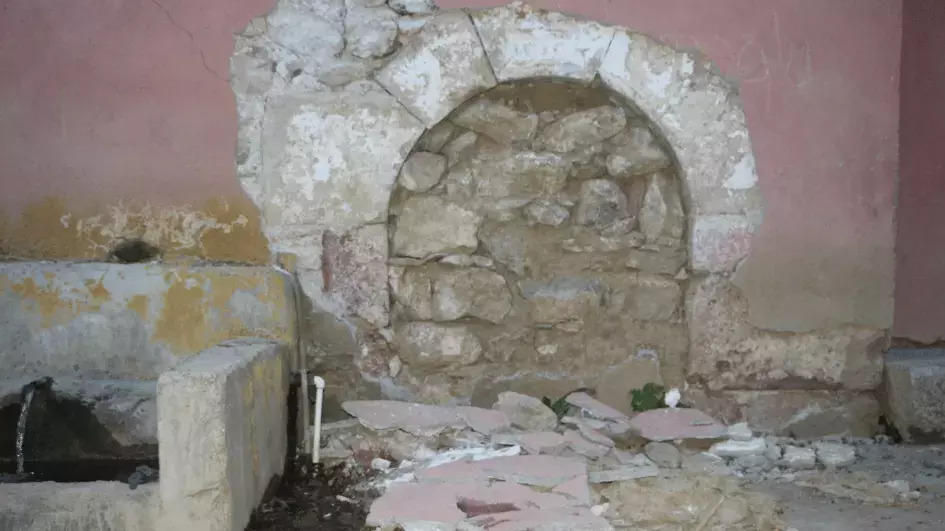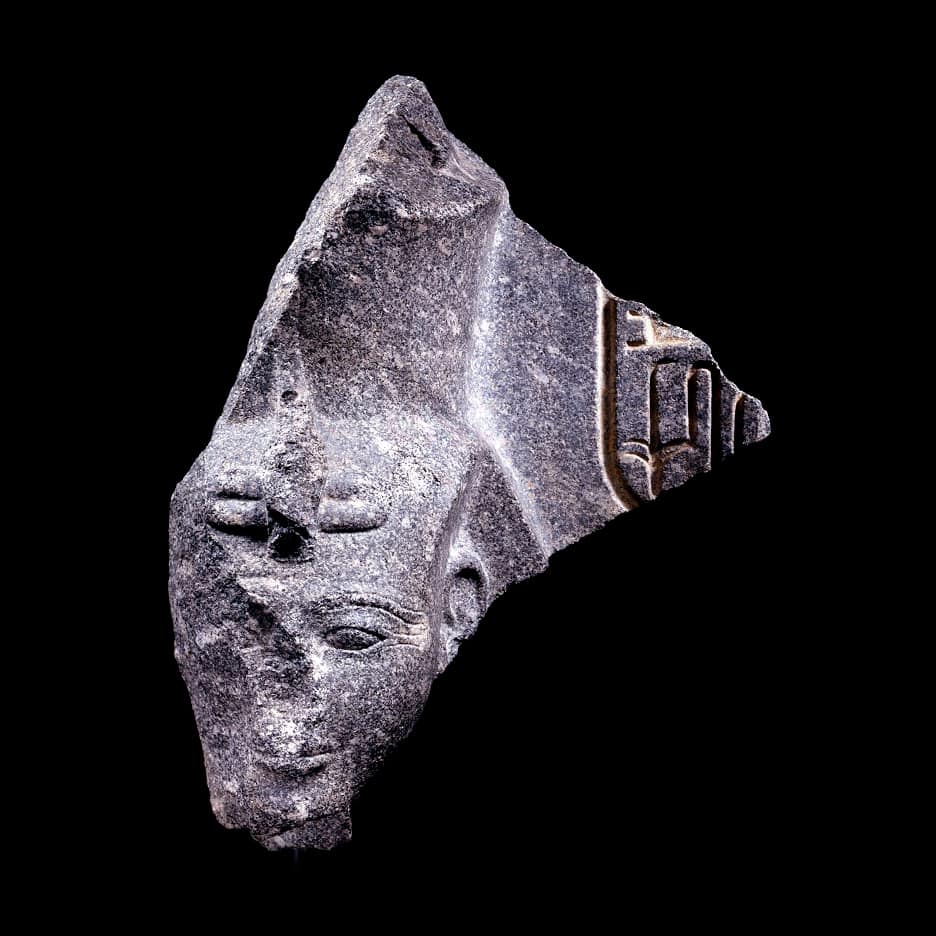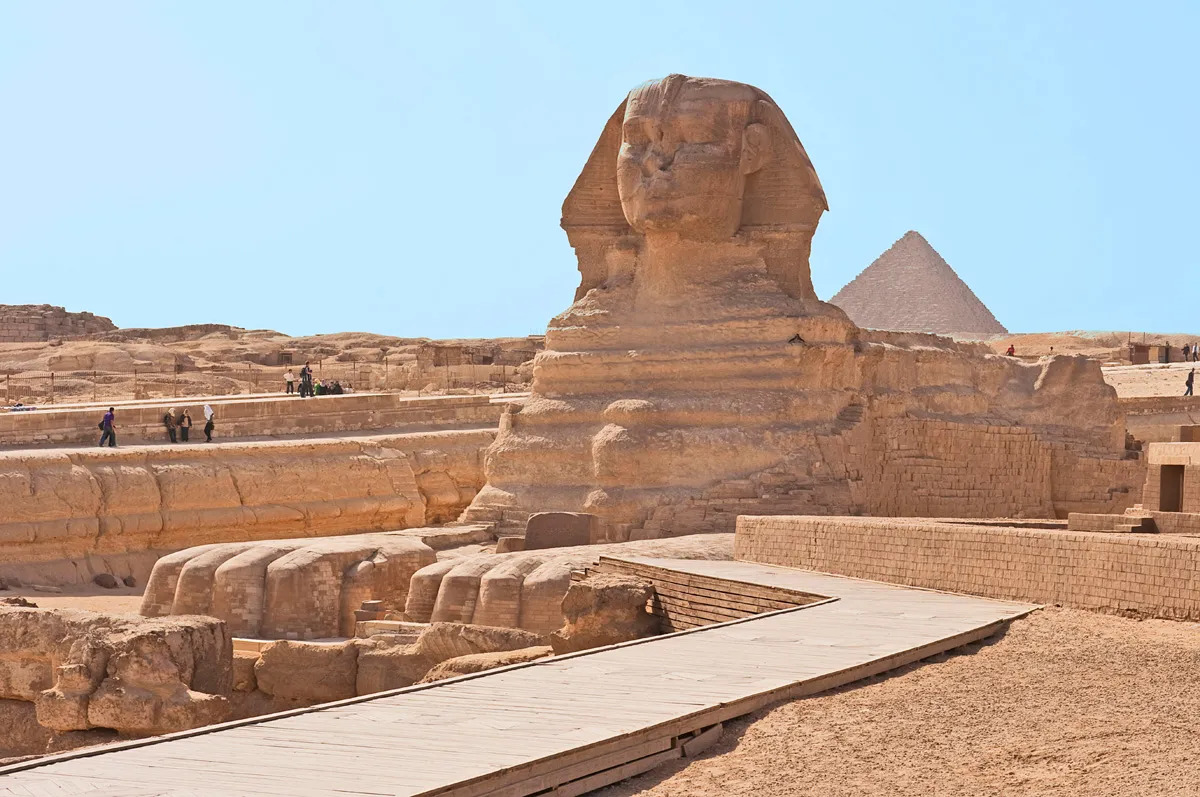A historical structure was revealed after recent earthquakes with magnitudes ranging from 4 to 5.6 in Türkiye’s Tokat province’s Sulusaray district. The plaster of a former Quran course building peeled off during the temblors, revealing an Ottoman-era fountain.
“This historical structure is the ruins of a fountain. It was built in 1895 during the Ottoman period. The fountain was originally covered with plaster, and later, a new fountain was constructed adjacent to it,” said Professor Alpaslan Demir, Head of the History Department at Tokat Gaziosmanpaşa University.
The original fountain emerged in the background when the plaster deteriorated during an earthquake. This demonstrates that even though historical artifacts may be concealed over time, they have the potential to resurface during seismic events, he added. The structures erected during the Ottoman period and those from the Seljuk and earlier periods have endured for centuries and numerous earthquakes due to their sturdy construction.
Excavations of the ancient city of Sebastapolis, believed to have been established in the 1st century B.C., commenced in the Sulusaray district in 1987. Over time, excavations have revealed traces from the Hellenistic, Roman, and Byzantine periods at the site.
Recent excavations at Sebastapolis unveiled a 2,000-year-old road dating back to the Roman era, shedding light on the city’s rich history and significance as a center of ancient civilization.











